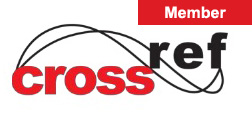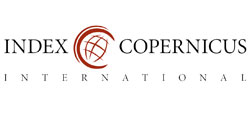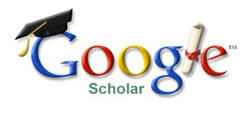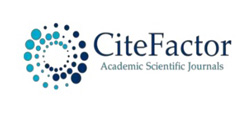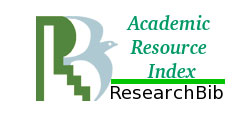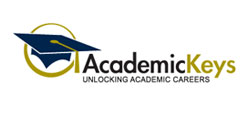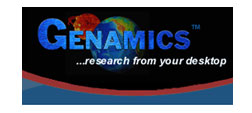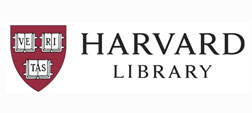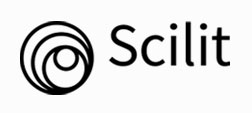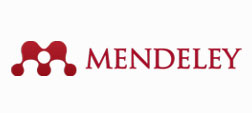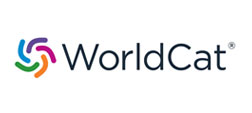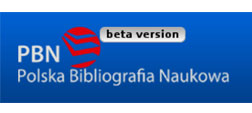Sudan blue II/cyclodextrin doped zinc oxide nanoparticles are synthesized and characterized by various spectral and micros
copic methods. The doping effect of SBII/CD on ZnO nano was investigated by UV-visible, fluorescence, FTIR, DTA, XRD,
FE-SEM, and TEM methods. Nanoparticle size was measured by TEM-EDS and X-RD methods. The effect of different po
larities of the solvents, α-cyclodextrin (α-CD) and β-cyclodextrin (β-CD), on SBII was studied by various spectral methods.
The thermodynamic properties and stability of the inclusion complexes are studied by PM3 methods.
Author Name: Narayanasamy Rajendiran |
|
Journal of Materials Science and Nanotechnology
Solubilisation efficiency of Soluphor® P (2-pyrrolidone) for itraconazole was exploited for developing a self-emulsifying formulation. The objective of this study was to develop and evaluate self-emulsifying drug delivery system (SEDDS) for improving the delivery of a poorly water-soluble antifungal agent, itraconazole (ITZ). Phase diagrams were constructed at different
ratios of surfactant/co-surfactant (Km) to determine microemulsion existence region
Author Name: Arpan Chudasama |
|
Journal of Pharmaceutics & Drug Development
Although dietary magnesium intake is common, its low bioavailability contributes to widespread deficiency in modern pop
ulations. This study aims to evaluate the absorption and biological activities of four marine magnesium forms (oxide, cit
rate, citrate malate, and bisglycinate) for maximizing magnesium biological effectiveness. Absorption of marine organic
magnesium compounds was compared to marine magnesium oxide by Caco-2 intestinal permeability assay and their in
vivo bioavailability in mice
Author Name: Lise Lefèvre |
|
Journal of Nutrition and Health Sciences
e article shows that the Gibbs energy (free energy) is not energy and that work is done due to the heat of the environ
ment, not the Gibbs energy. e change in Gibbs energy at constant values of temperature and pressure in most cases
was explained by the performance of work due to Gibbs energy. Gibbs energy has the dimension of energy and this
forces many to believe that Gibbs energy is energy. However, work is actually performed due to the heat of the environ
ment in an amount equal to the change in Gibbs energy. If
, then the process can be used for another process. A
decrease in at constant values of and leads the system to equilibrium when .
Author Name: Nikolai Bazhin |
|
Journal of Energy Resources and Conversion
Is Gibbs Energy Truly a Form of Energy?
Sudan blue II/cyclodextrin doped zinc oxide nanoparticles are synthesized and characterized by various spectral and micros
copic methods. The doping effect of SBII/CD on ZnO nano was investigated by UV-visible, fluorescence, FTIR, DTA, XRD,
FE-SEM, and TEM methods. Nanoparticle size was measured by TEM-EDS and X-RD methods. The effect of different po
larities of the solvents, α-cyclodextrin (α-CD) and β-cyclodextrin (β-CD), on SBII was studied by various spectral methods.
The thermodynamic properties and stability of the inclusion complexes are studied by PM3 methods.
Author Name: Narayanasamy Rajendiran |
|
Is Gibbs Energy Truly a Form of Energy?
Solubilisation efficiency of Soluphor® P (2-pyrrolidone) for itraconazole was exploited for developing a self-emulsifying formulation. The objective of this study was to develop and evaluate self-emulsifying drug delivery system (SEDDS) for improving the delivery of a poorly water-soluble antifungal agent, itraconazole (ITZ). Phase diagrams were constructed at different
ratios of surfactant/co-surfactant (Km) to determine microemulsion existence region
Author Name: Arpan Chudasama |
|
Is Gibbs Energy Truly a Form of Energy?
Although dietary magnesium intake is common, its low bioavailability contributes to widespread deficiency in modern pop
ulations. This study aims to evaluate the absorption and biological activities of four marine magnesium forms (oxide, cit
rate, citrate malate, and bisglycinate) for maximizing magnesium biological effectiveness. Absorption of marine organic
magnesium compounds was compared to marine magnesium oxide by Caco-2 intestinal permeability assay and their in
vivo bioavailability in mice
Author Name: Lise Lefèvre |
|
Is Gibbs Energy Truly a Form of Energy?
e article shows that the Gibbs energy (free energy) is not energy and that work is done due to the heat of the environ
ment, not the Gibbs energy. e change in Gibbs energy at constant values of temperature and pressure in most cases
was explained by the performance of work due to Gibbs energy. Gibbs energy has the dimension of energy and this
forces many to believe that Gibbs energy is energy. However, work is actually performed due to the heat of the environ
ment in an amount equal to the change in Gibbs energy. If
, then the process can be used for another process. A
decrease in at constant values of and leads the system to equilibrium when .
Author Name: Nikolai Bazhin |
|







